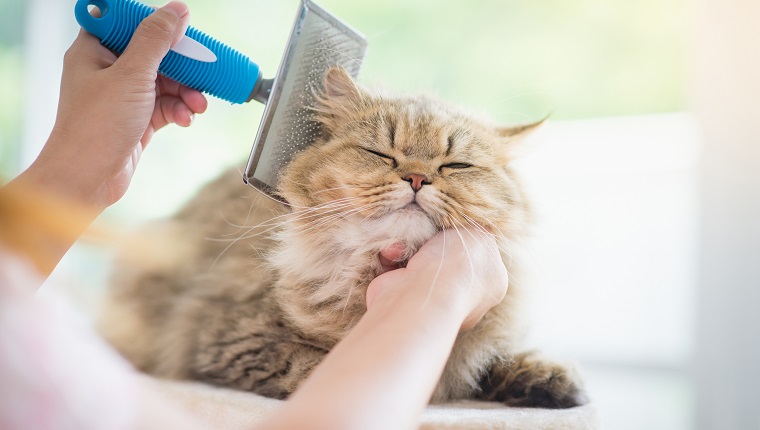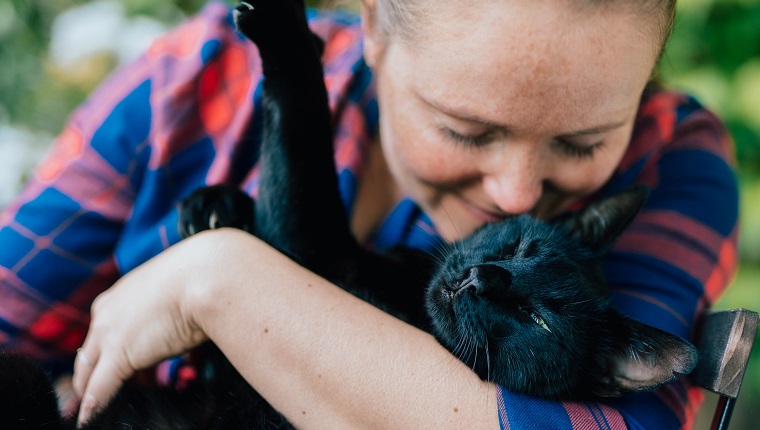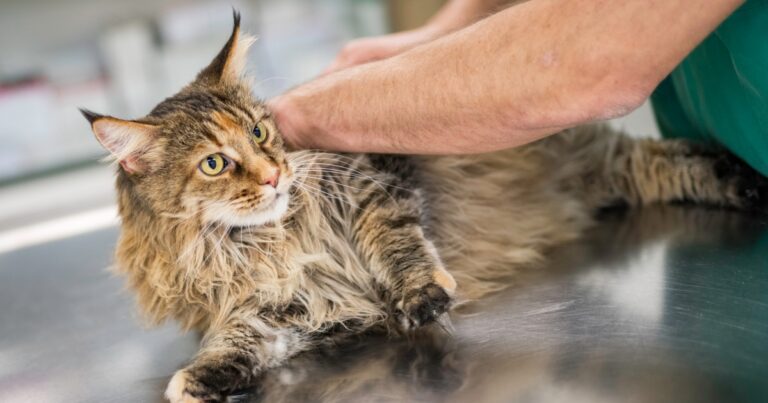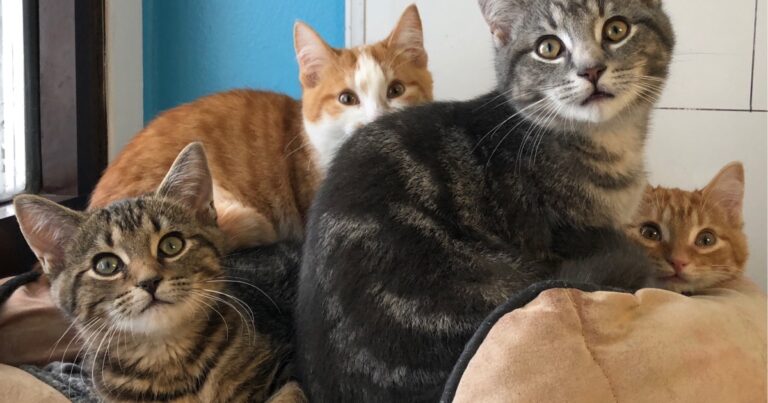❇︎Affiliate Statement: The services and products that I may link in this article are ones that I use myself and am proud to recommend. If you follow one of my links please be aware that I will receive a small commission from Amazon or other vendors. I’d also like to say a big Thank You for your trust if you do.
Cats are known for their natural grooming habits, but that doesn’t mean you can skip regular grooming sessions. However, many cat parents make mistakes when it comes to grooming their feline companions. In this article, we will discuss six common grooming mistakes and provide helpful advice on how to avoid them. Whether you’re a new cat parent or have been grooming your cat for years, these tips will ensure a stress-free grooming experience for both you and your furry friend.
1. Failing to Begin Grooming at an Early Age:
Start grooming your cat from an early age to make them comfortable with the process. If you have a kitten, introduce grooming sessions slowly, using rewards and praise. For adult cats, it’s never too late to start. Make sure to create positive experiences with grooming to prevent anxiety and fear of the brush.
2. Cat Grooming Mistakes: Not Grooming Regularly
Don’t assume that occasional brushing is enough. For short-haired cats, you should aim to brush them at least a couple of times every week. Long-haired cats require daily brushing to prevent matting, furballs, and flea infestations. Regular grooming also allows you to keep an eye out for skin issues and parasites.
3. Not Dealing With Mats Cautiously:
If your cat develops matted fur, use cat-specific clippers to remove them. Avoid using household scissors, as they might cause injury. Never pull or yank the mats, as it can cause distress and harm your cat. Stubborn mats should be addressed by a vet or professional groomer.
4. Picking the Wrong Brush:
Different cats with different hair lengths require different types of brushes. Explore various brushes, like those with combs on either side, to find the right one for your cat. Mitts that you slip onto your hand can also be useful if your cat is wary of traditional brushes. Don’t hesitate to ask your vet or professional groomer for recommendations.
5. Making the Grooming Session Unpleasant:
Ensure that your cat enjoys the grooming session by going with the flow of their fur when brushing. Pay special attention to areas that your cat finds pleasurable, such as around the neck or the base of the tail. Use gentle, soothing strokes to create a positive experience for your feline friend.
6. Providing the Wrong Nail Care:
Decide whether you will commit to regular nail clipping sessions or provide suitable scratch-friendly cat furniture. If you choose to clip your cat’s nails, it should be done every two weeks. Alternatively, provide scratching posts and cardboard scratchers to help them naturally trim their nails.
Final Thoughts on Cat Grooming:
Don’t hesitate to ask your vet or professional groomer for recommendations.
Grooming your cat doesn’t have to be a daunting task. By avoiding these common grooming mistakes and following the advice provided, you can ensure a stress-free and enjoyable grooming experience for both you and your cat. Remember to start grooming early, establish a regular grooming routine, use the right tools, and make the session pleasant for your feline companion.
FAQs:
Q: Can I groom my adult cat if I didn’t start when they were a kitten?
A: Yes, it’s never too late to start grooming your adult cat. Follow the same steps for introducing grooming gradually, provide rewards and praise, and make it a positive experience.
Q: How often should I groom my long-haired cat?
A: For long-haired cats, daily brushing is essential to prevent matting and other issues. Make it a part of your routine and bond with your cat during the grooming session.
Q: What if my cat hates being groomed?
A: If your cat is anxious or fearful of grooming, try using alternative grooming tools like mitts or seek advice from a professional groomer or vet. Patience, positive reinforcement, and a calm environment can also help.
Advice:
1. Start grooming your cat from an early age to establish a positive association.
2. Regularly brush your cat’s fur, especially if they have long hair.
3. Remove mats cautiously using cat-specific clippers or seek professional help.
4. Choose the right brushes and grooming tools for your cat’s hair length.
5. Make the grooming session enjoyable by going with the fur flow and focusing on pleasurable areas.
6. Decide between regular nail clipping or providing suitable scratch-friendly cat furniture for nail maintenance.

Becca The Crazy Cats Lady is an experienced and knoweldgeable cat owner with years of experience caring for a multi-cat household. She curates, writes and shares cat content at https://CrazyCatsLady.com.






